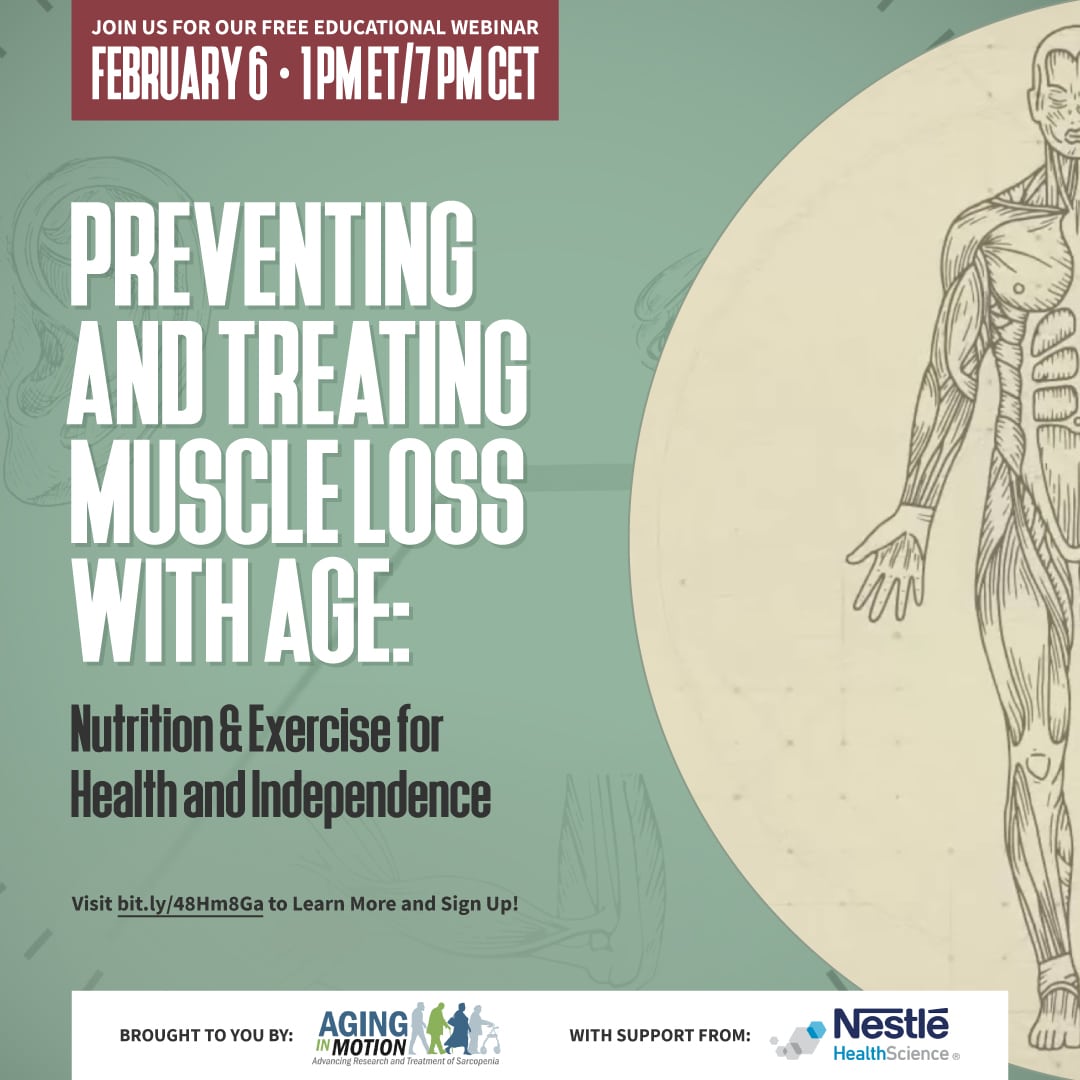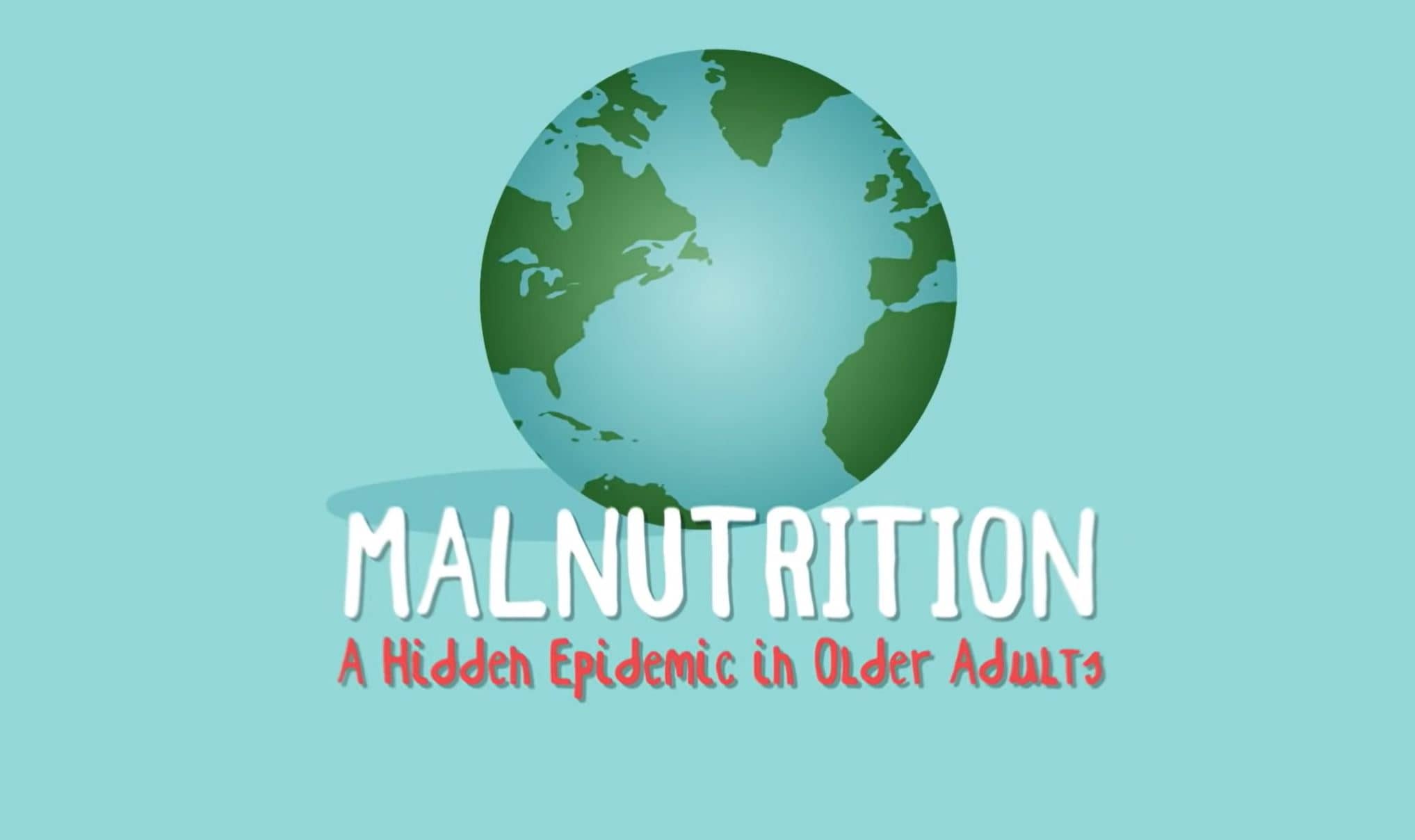Alliance for Aging Research Clinician and Caregiver Survey Reveals Gaps in Diagnosis and Management of Unintentional Weight Loss Among Older Adult Residents in Long-Term Care Settings
Published June 15, 2022
The Alliance for Aging Research (Alliance) conducted qualitative and quantitative research to better understand how older Americans experiencing unintentional weight loss (UWL)—including cachexia, failure to thrive, and anorexia of aging—are monitored, diagnosed, and treated while living in long-term care (LTC) settings. The findings were shared in Prioritizing Unintentional Weight Loss Among US Long-Term Care Residents: Clinician and Caregiver Perspectives on Detection and Treatment, published on June 14, 2022 by the American Society of Consultant Pharmacists. Co-authors include Jack Guralnik MD, PhD MPH; Manju Beier, PharmD, BCGP, FASP; and Alliance Senior Vice President of Health Education and Advocacy, Lindsay Clarke, JD.
UWL can be a symptom of diseases such as cancer, dementia, depression, AIDS, advanced chronic obstructive pulmonary disease (COPD), and heart failure, and its monitoring and diagnoses are complicated by the association with these complex geriatric comorbidities. Several medications and polypharmacy can contribute to a loss of taste or smell, or cause nausea that may impact appetite and nutritional wellbeing. UWL can also seemingly exist on its own without associated comorbidities. Whatever the cause, older people with UWL are known to be at higher risk for infection, depression, loss of mobility or function, and even death.
Many types of health care professionals—physicians, physician assistants, nurse practitioners, nurses, pharmacists, dieticians, psychologists, speech pathologists, facility administrators, and others—may be involved in identifying and managing UWL, sometimes in coordination with the resident’s family members and loved ones. These processes can vary by facility, practice type, location, size, and care philosophy. Care teams in hospice or other end-of-life environments, for example, may be asked to focus on improving a person’s quality-of-life rather than pursuing interventions for UWL.
The research was fielded by Reingold Inc. on behalf of the Alliance and included qualitative interviews and on-line quantitative surveys of directors of nursing, pharmacists, nurses, dieticians, and mental health specialists in LTC facilities. Top findings include:
- Although many clinicians reported interest in a mechanism to easily diagnose UWL, most reported reliance on basic weight-loss calculations (65%) or the Centers for Medicare & Medicaid Services (CMS) criteria (61%).
- To address UWL, 78% of clinicians treat the underlying condition.
- Other interventions include nutritional supplements (95%), appetite stimulants (68%), environmental interventions (52%), and medications other than appetite stimulants (46%).
- Clinicians and caregivers both considered successful treatment to manifest most often in quality-of-life measures and pointed to alternative diets and nutritional interventions as the strongest contributors to positive patient outcomes.
The Alliance plans to use these findings to support future work to improve the experience of America’s aging population, and to help interdisciplinary care teams, LTC facility administrators, and family members and friends monitor and address a patient’s UWL from a more comprehensive and compassionate perspective. Read the full article here and contact Lindsay Clarke, Senior Vice President of Health Education and Advocacy, with questions.
Our Initiatives
Aging in Motion
The Aging in Motion (AIM) Coalition is a diverse group of patient, caregiver, health and aging groups working together to press for greater levels of research and innovation to develop treatments in the area of sarcopenia and age-related functional decline.




